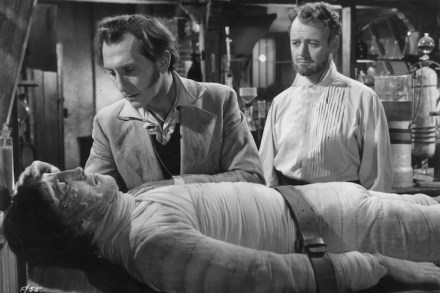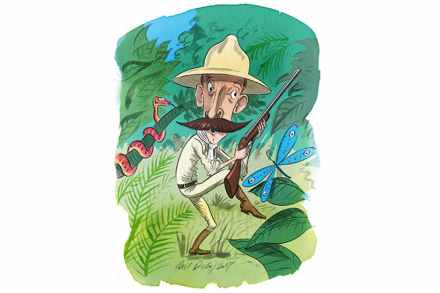Prick up your ears
On paper and on air, there’s nothing to suggest that the Radio 4 series Across the Red Line will have sufficient listening power to draw you in so that once you’ve reached home and need to get out of the car you’ll rush straight in to switch on the radio. The billing in Radio Times describes it simply as a 45-minute show in which the journalist Anne McElvoy ‘invites figures on opposing sides of a political issue to listen to each other’. And that’s exactly what it is. A pair of talking heads tossing about a topical football, guided by McElvoy, who has as her sidekick a conflict resolution expert,



















